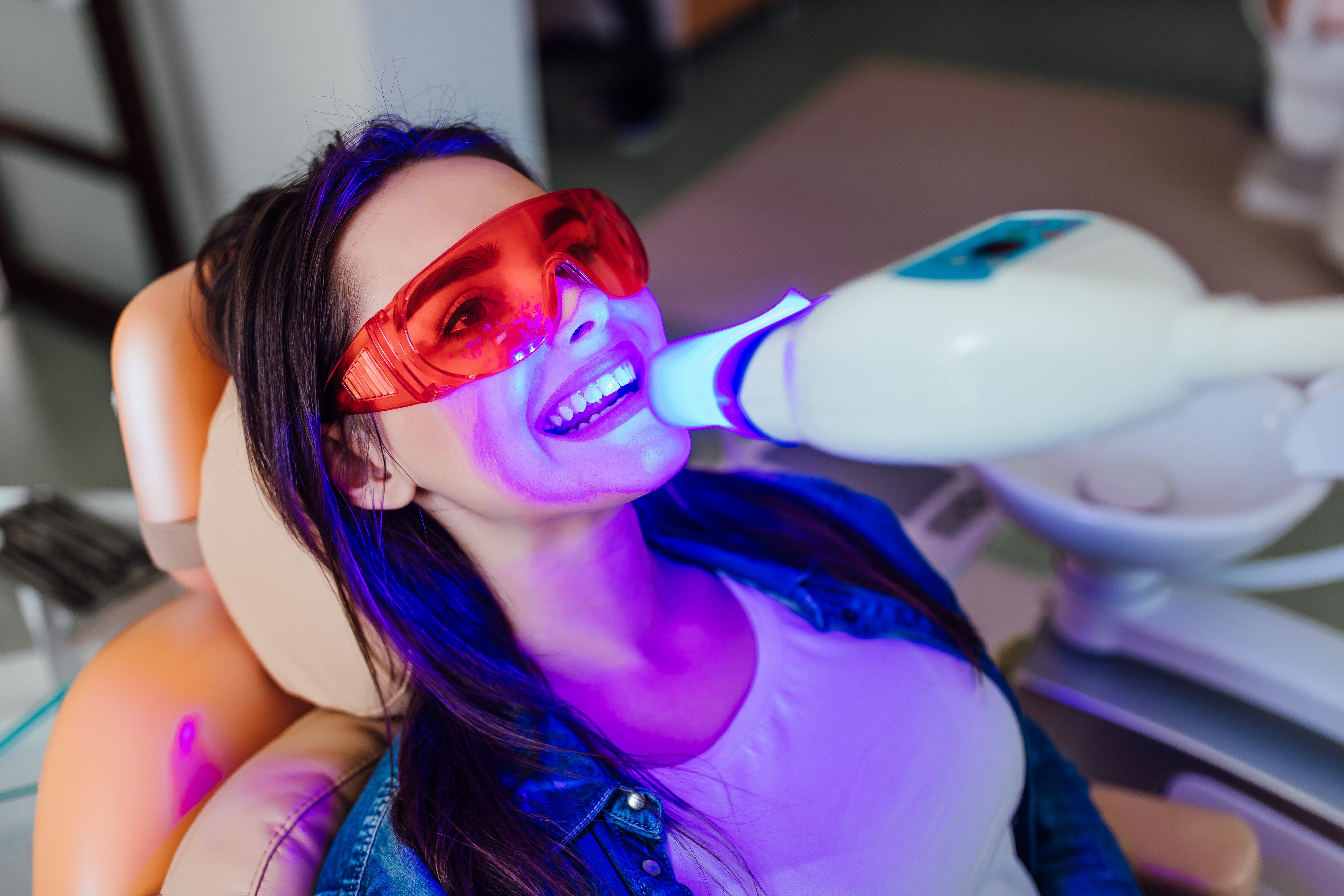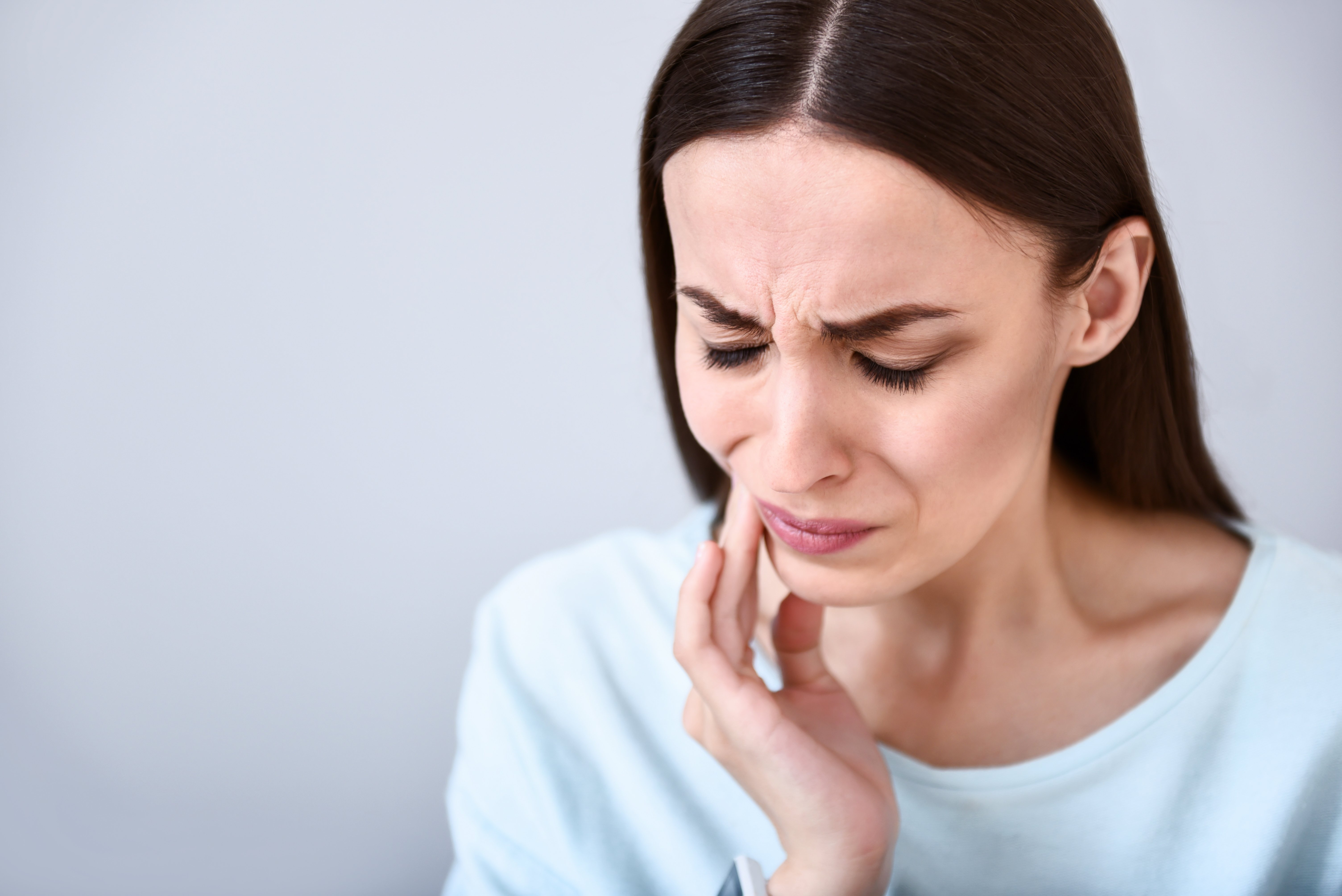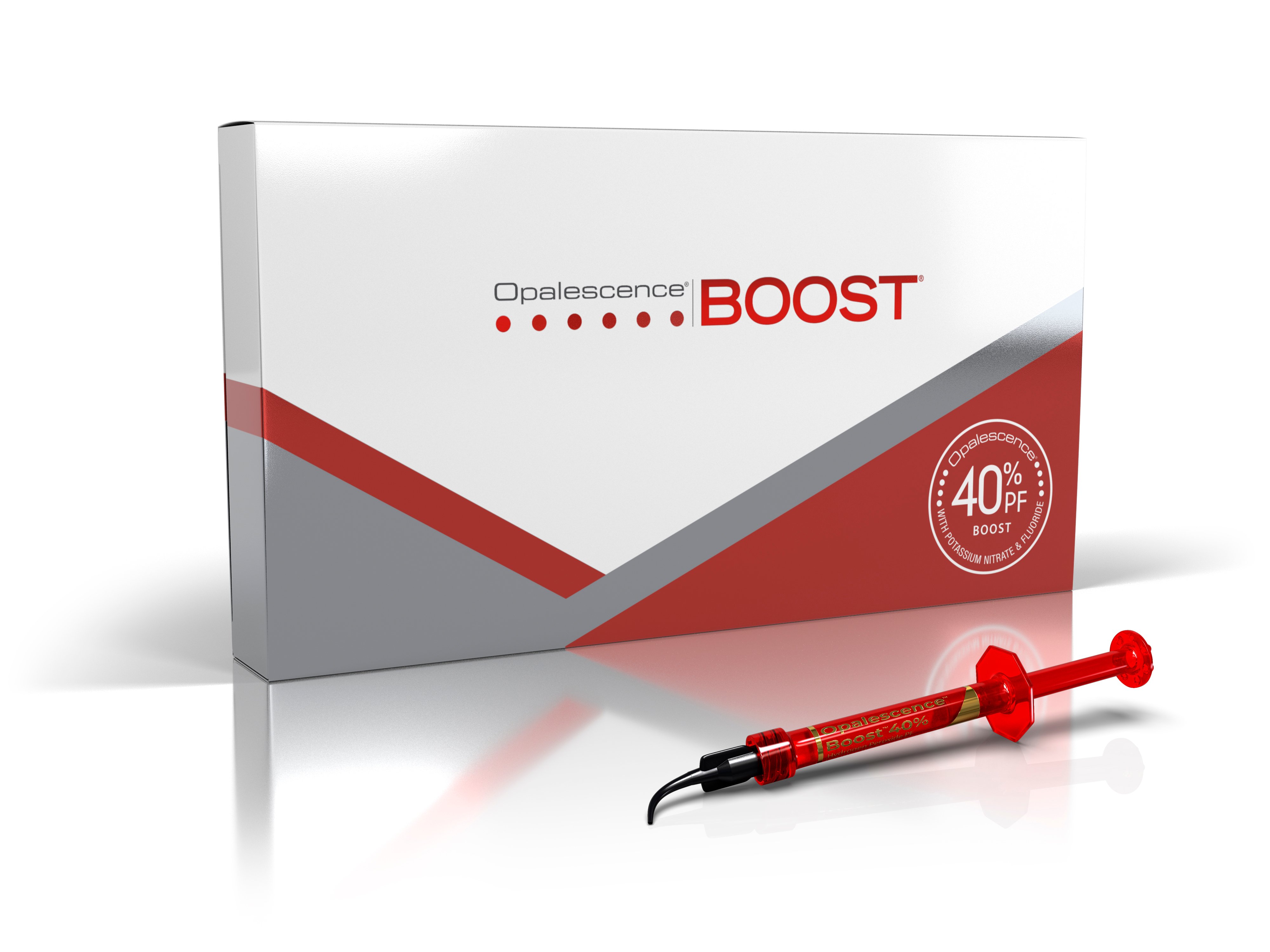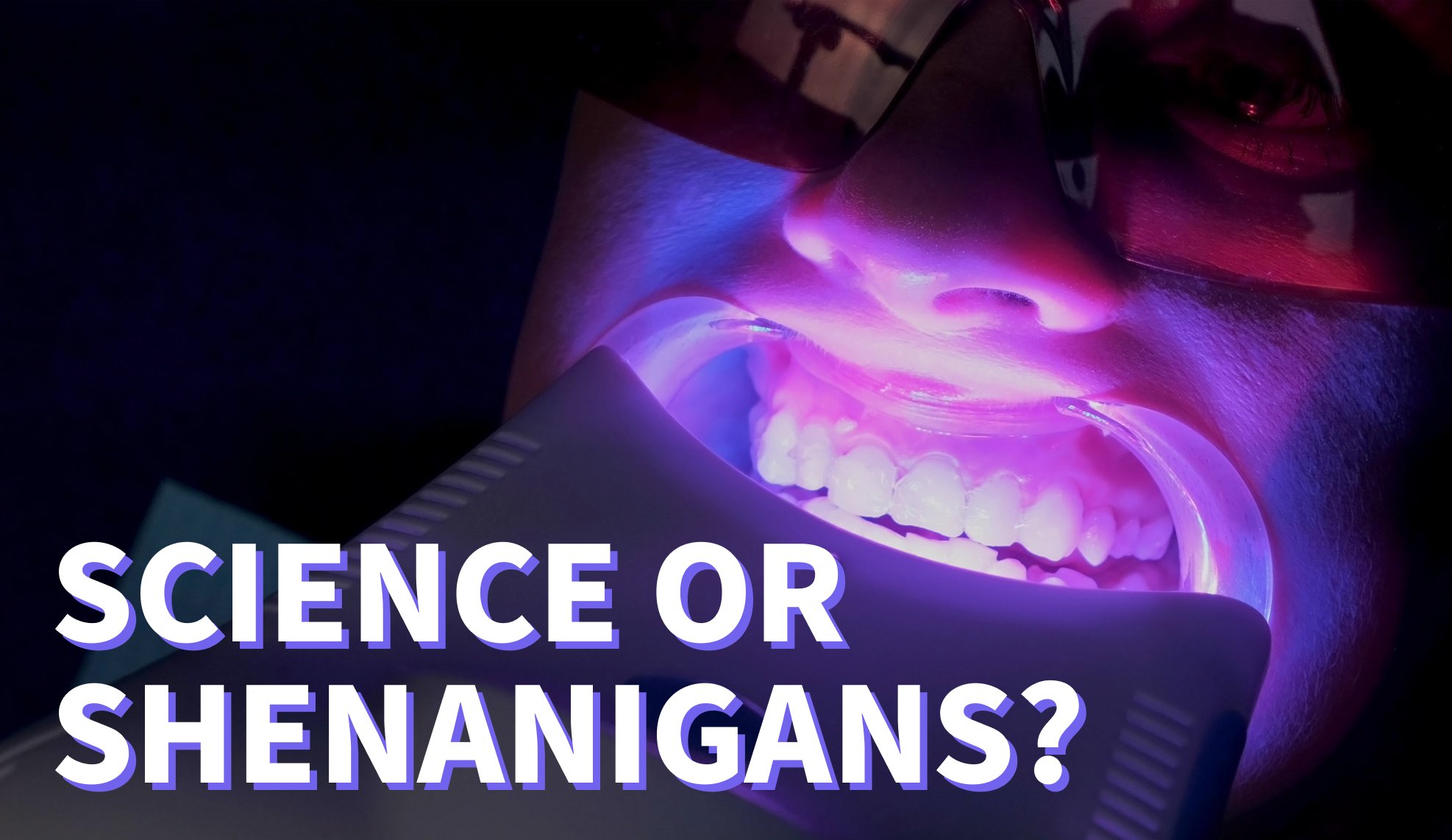Social media timelines are filled with folks using UV lights to whiten their teeth. From TikTok trends to Instagram influencers, people all over the internet are claiming these lights gave them the bright smile they’ve always wanted.
Are these lights upending the professional teeth whitening business, reshaping long-standing practices and crumbling traditional practices? No, they’re not. Because, bluntly, they’re a gimmick—little more than marketing fodder fed to masses in an effort to seem superior.
Clinical studies have proven (and continue to prove) these lights:
- Do not provide long term effects, rather the light gives a temporary whiter appearance to the teeth
- May harm oral tissues
- Create a greater possibility for teeth sensitivity through dehydration

Whitening teeth with UV light is a popular trend, but is there any science to back it up?
“Evidence from more than a dozen independent clinical trials shows that teeth whitening using lights or lasers will not improve whitening effect compared to quality whitening systems that don't require expensive additional equipment that add no value and simply increase the time and complexity of the treatment, and that this is a marketing tactic,”1 says Ultradent Director of Formulation Technology, Peter Allred. “Patients were introduced to the idea of light used whitening treatments years ago on shows like Extreme Makeover, and this has prevailed and stuck in the minds of patients when in reality, the light creates a very temporary whiter result, and can cause other negative side effects, including oral burns and pulpal stimulation.”
 UV light can dehydrate teeth, causing sensitivity and shade rebound.
UV light can dehydrate teeth, causing sensitivity and shade rebound.
Whitening with a UV light puts teeth in a very unfamiliar situation. They’re typically in a dark environment with limited light exposure, “so when you introduce a continuous stream of very bright, high-intensity light, including UV and heat with some systems for a significant amount of time, this may not be good for your oral tissues,” Allred says.
How is it bad for oral tissues? Studies like one conducted by a team of doctors led by Dr. Ellen Bruzell of the Nordic Institute of Dental Materials concluded not only did whitening with a light show no greater long-term whitening effects than without, but "exposure to UV light created more exposed grooves which made the enamel surface of the teeth more vulnerable to stress and other related damage [ . . . ] The use of UV light for teeth whitening puts patients at risk of high levels of radiation to sensitive areas. Bleeding gums, sunburn, and severely burnt gums are among the common complaints, not to mention the possibility of getting cataracts, cancer, and other life-threatening illnesses."2
Effects from UV lights can be short-lived, as stains often return due to the light dehydrating teeth. “Lights used in many whitening systems simply dehydrate the teeth, which gives them a temporary whiter appearance,” Allred says. “It is not uncommon to find that many of these same patients experience a significant color rebound and in rare cases even return to the pre-treatment shade as their teeth fully rehydrate.” Issues resulting from dehydration can impact teeth in more ways than shade rebound—dehydration can be a factor in tooth sensitivity. "We don't recommend light or laser whitening because throughout our years of research, we've found that optimized whitening without lights or lasers is the safest, most effective way to a whiter smile which doesn't mislead the patient to thinking they ended up with one shade of white, only to experience extreme shade rebound a day or two later,” he says.
 Opalescence Boost in-office whitening offers patients an in-office, dramatic whitening experience without the use of a light, helping patients to avoid unnecessary sensitivity.
Opalescence Boost in-office whitening offers patients an in-office, dramatic whitening experience without the use of a light, helping patients to avoid unnecessary sensitivity.
There are safe and effective alternatives to whiten teeth without the use of a light: through prolonged exposure to pH stable and optimized active whitening agents on the tooth's surface.
Opalescence™ Boost™ in-office whitening system provides brighter, whiter teeth after just about one hour in the chair, without the use of a light. The powerful, 40% hydrogen peroxide gel is chemically activated and contains a high-water concentration to provide extra safeguards against dehydration and shade rebound. “Our products like Opalescence Boost in-office whitening, Opalescence™ PF whitening, and Opalescence Go™ take-home whitening produce beautiful, honest results that we're proud to stand by,” Allred adds.
Click here for more about Opalescence Teeth Whitening Systems.








